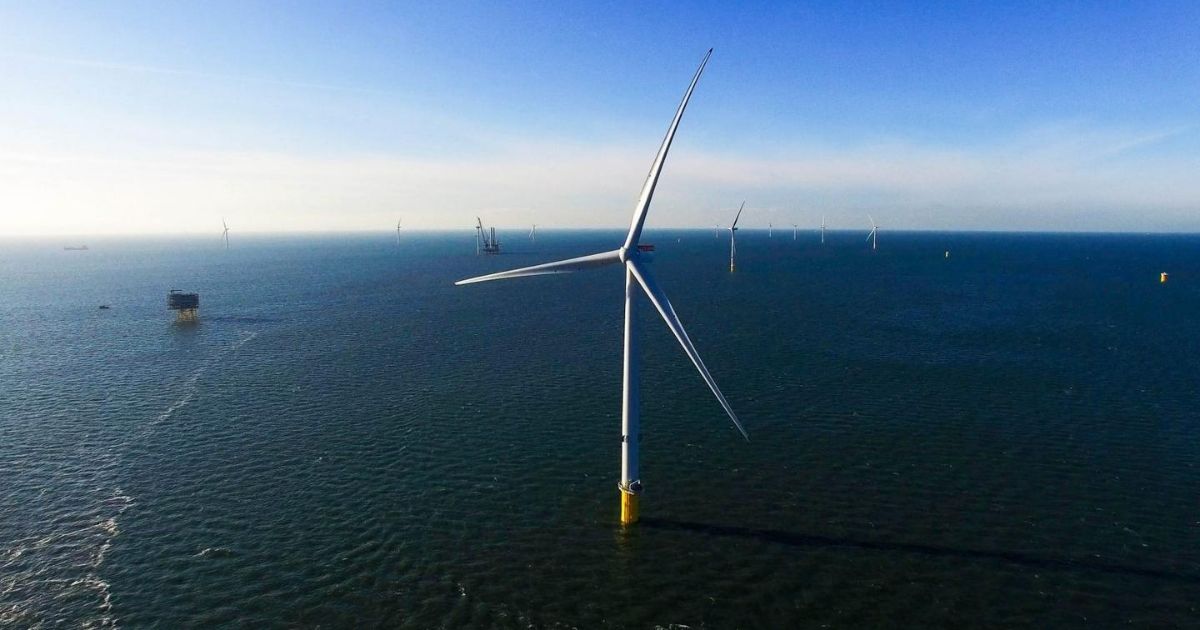Partnership to Develop New Sea State Forecasting Tool

The UK’s national Operations & Maintenance (O&M) Centre of Excellence has partnered with global offshore wind leader Ørsted in a £400k project to develop an innovative approach to sea state forecasting, which aims to deliver a significant reduction in missed working days.
The Humber-based O&M Centre of Excellence (OMCE) is a £2 million collaboration between the University of Hull and the Offshore Renewable Energy (ORE) Catapult to drive solution-focused innovation and improvements in O&M.
The project team, led by academics from the University of Hull, is working closely with Ørsted to help improve wave forecast modelling with direct industrial impact. The model will contribute to improving the accuracy of sea state forecasting at an individual offshore wind turbine level with the potential to drive efficiency gains in operations and maintenance, increasing safety, as well as contribute to further reductions in the Levelized Cost of Energy (LCoE) for offshore wind.
Turbine accessibility is a key determinant of a wind farm’s profitability. Technicians attempting to undertake maintenance can face a number of barriers to safe access, which in turn can be a factor in limiting turbine performance and ultimately overall energy output of a wind farm. This new project will result in a wave forecasting model that will give greater accuracy and offer a more granular insight into the sea state within an offshore wind farm than current state-of-the-art methods can.
With total O&M costs contributing around 25% to the lifetime costs of a typical offshore wind farm, the positive impact on planning by owners/operators is clear, with ORE Catapult analysis suggesting that innovations in forecasting techniques could help to reduce missed working days by a quarter. This project highlights how vital innovation is in achieving the ambitious targets of the Offshore Wind Sector Deal, with the previous commitment by Government and industry to install at least 30GW of offshore wind by 2030 recently revised to 40GW.
Multiple downward-facing radar have been installed at turbines at Ørsted’s Burbo Bank Extension wind farm off Liverpool to record wave height, direction and period together with combined met-ocean data and existing forecasts. This big-marine-data approach, along with bathymetry and site configuration data, is enabling researchers to produce an artificial intelligence-based method that will be used to make a step-change in the resolution and accuracy of fine-scale at offshore windfarm sites.

